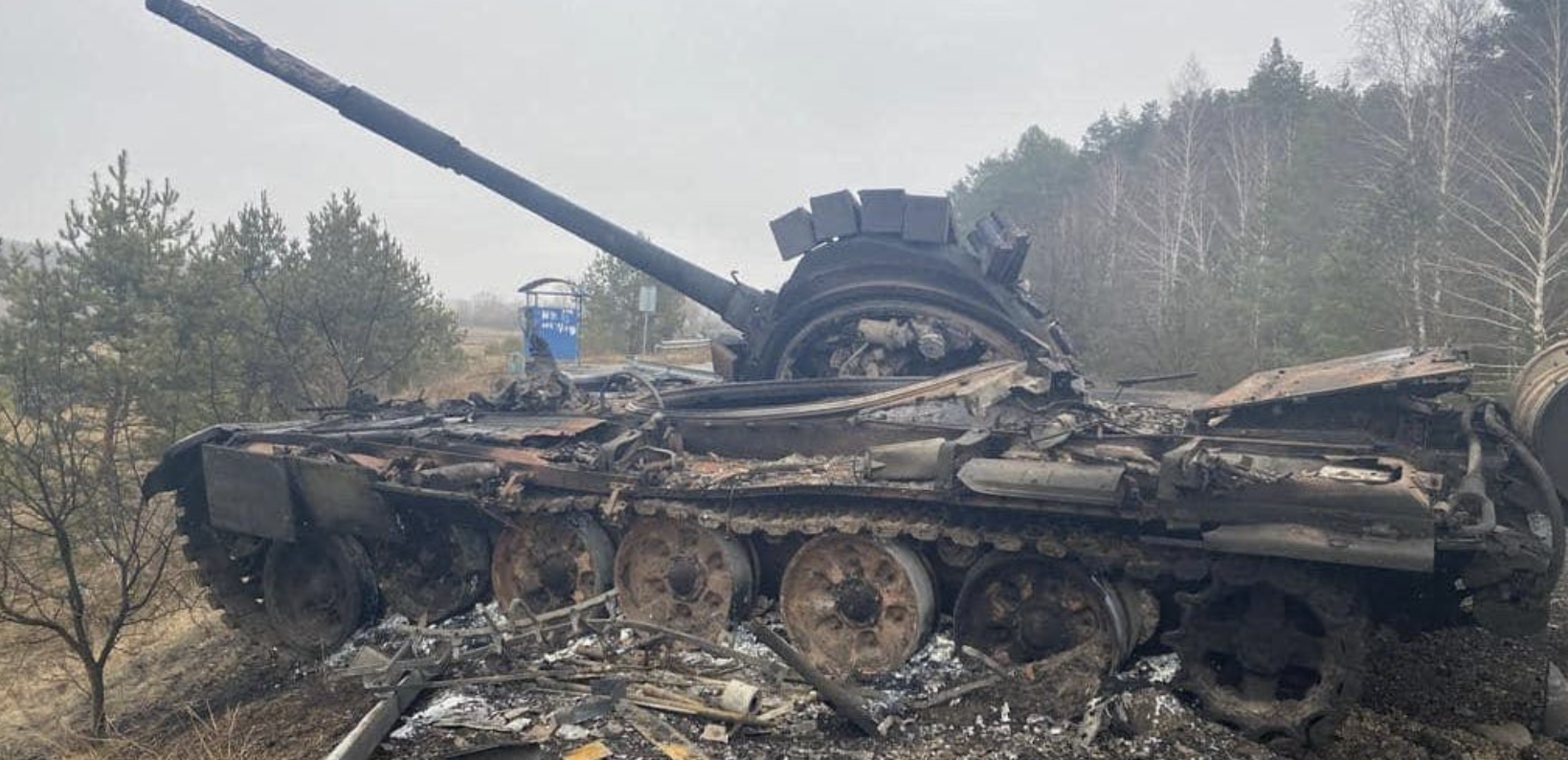By Scott Taylor
Over the past few weeks there have been a number of significant developments in the ongoing war in Ukraine.
While it remains the case that the widely divergent claims from each side makes it difficult to get a clear picture of what is transpiring, one thing that is crystal clear is that the Russian invaders have suffered a major defeat near the city of Kharkiv.
With the war entering its seventh month we had been told that the Ukraine military – bolstered with the latest in NATO weaponry – was preparing to launch a counter attack.
In early September, a major attack was launched by Ukraine in the south, with the objective of liberating the Russian occupied city of Kherson.
Prior to the start of their counter-offensive, Ukraine successfully utilized long range, NATO supplied artillery and rockets to destroy three major bridges across the Dnieper river.
The destruction of these vital spans essentially cut off nearly 20,000 Russian troops on the western bank of Dnieper.
However, after some initial success the Ukrainian attacks were blunted, and the overwhelming Russian artillery inflicted heavy casualties.
Then came the lightning-speed master-stroke by Ukraine in the region of Kharkiv. As all of Russia’s strategic focus was on the south, Ukraine burst through their main lines of defence in the east.
Again, Ukraine was able to employ long-range artillery – in this case the M-777 howitzers, equipped with the precision guided Excalibur munitions.
As an aside, the Canadian Army donated four of these M-777’s plus $100 million worth of conventional shells to Ukraine as part of our lend lease military assistance package.
But I digress.
To keep the Russian commanders in the dark, Ukraine also employed the sophisticated AGM-88 HARM (anti-radar) munitions.
With the superior technology, weaponry, training and motivation the Ukrainian attackers soon turned a Russian defeat into an embarrassing rout.
Panicked Russians reportedly abandoned their armoured vehicles and ammunition stockpiles and fled in terror.
Armchair strategists were quick to identify that the key to this sudden success near Kharkiv was that Ukraine had successfully duped the Russians into believing the main thrust was to be against Kherson in the south.
With nearly 20,000 troops in danger of encirclement on the west bank of the Dnieper, Russia had taken the bait and reinforced the Kherson bridgehead with some of their best battle groups.
As a result, those defenders left on the ‘quiet’ Kharkiv front were actually militiamen from the Luhansk and Donetsk People’s Republics.
That means that this fighting in the east sector was actually a clash between Ukrainians.
Since Putin launched his invasion forces into Ukraine on February 24, 2022, the western media re-set the clock and dumbed down the war into a simplistic ‘Russian invader versus Ukraine defender.’
Lost in any western analysis was the eight years of combat and conflict between Ukraine’s pro-Russian separatists and the NATO-trained Ukraine government forces.
In 2014, in the wake of the regime change in Kyiv, the Russian-speaking and ethnic Russian majority residing in the eastern Donbass oblasts took up arms to declare their independence from the newly installed Ukraine administration.
Both Donetsk and Luhansk declared themselves to be independent republics.
Until the eve of Putin’s invasion, not even Russia officially recognized these republics. Canada still recognizes these separatist territories to be an indivisible part of sovereign Ukraine territory.
This means that those residing in Donetsk and Luhansk are still considered to be citizens of Ukraine.
Up until Putin’s February 24 invasion, residents of these disputed territories were considered to be pro-Russian separatists. However, once the Ukraine military began liberating these regions, they are now being dubbed as “collaborators” which has a far more ominous tone.
Also disconcerting is the fact that both the Russian, and pro-Russian Ukraine forces weren’t just beaten in battle – they were humiliated.
For the past eight years, NATO trainers including a large Canadian contingent, have been forging the Ukraine military into an extremely proficient fighting force.
We witnessed that in the early days when Ukraine destroyed the Russian invasion force outside of Kyiv. Since then, Canada and NATO have resumed their training role with Ukraine forces that are rotated out of the frontline for mentorship at safe bases in the U.K.
Canada, the U.S. and other NATO allies have poured weapons and munitions into Ukraine, and the superiority of those weapons over Russia’s arsenal was witnessed in the recent counter-offensive.
Russia is receiving no such outside assistance or mentorship.
Their corruption and lack of capability was exposed months ago and it seemed they were struggling to somehow still force a face-saving negotiated peace.
However, now that the very notion of Russia being a conventional military power is laughable, that leaves Putin with just his nuclear deterrent.
Let’s hope that Ukraine’s success remains measured in that it can in no way be construed by Russia as the ‘existential threat’ which they could use to justify employing a nuclear warhead.


